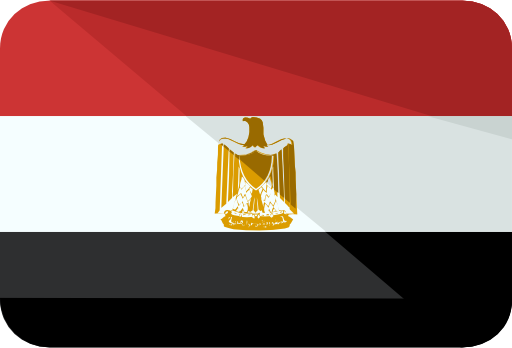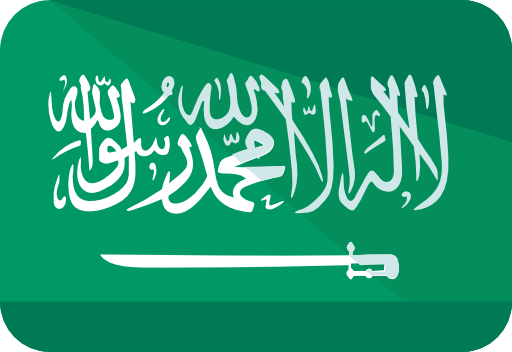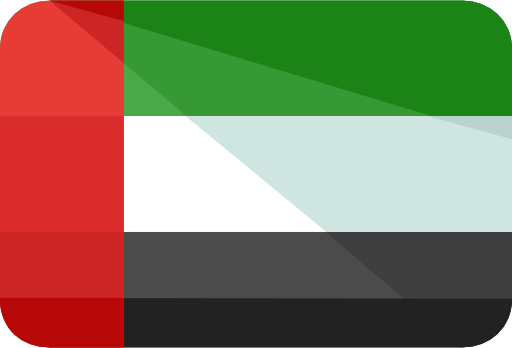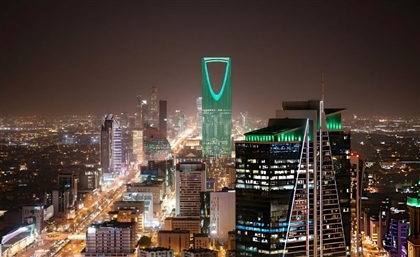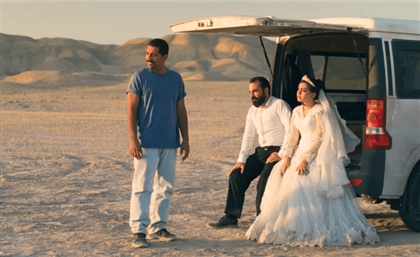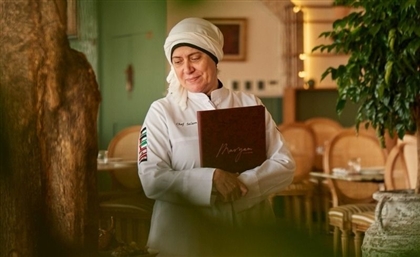How Hajj 2025 Became the Most Accessible Pilgrimage in History
From smart cooling roads to AI-guided apps, Saudi Arabia is transforming Hajj for millions of pilgrims this year.
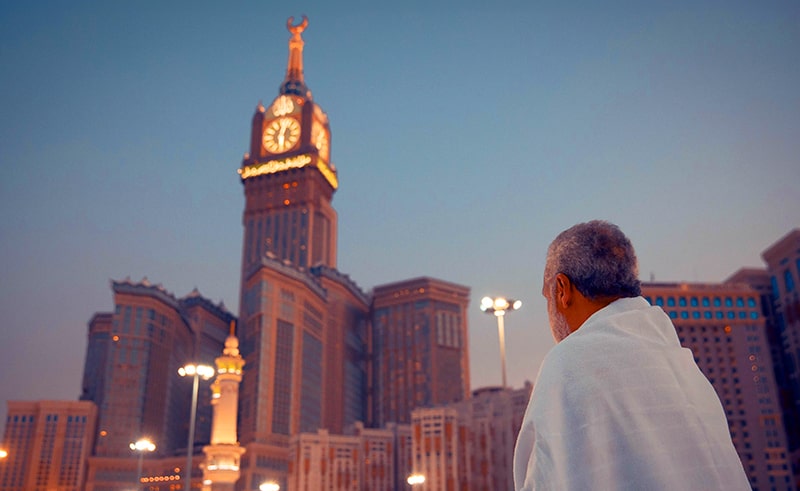
For Hajj 2025 (1446 AH), Saudi Arabia has rolled out a wave of upgrades aimed at easing the physical, logistical, and informational burdens of the pilgrimage. These initiatives span cooling technologies, smart infrastructure, AI tools, and multilingual guides—many of them focused specifically on improving access for elderly, disabled, and international pilgrims. Here's a look at the most important initiatives shaping this year's Hajj…
Cooling Roads & Rubber Walkways to Ease the Trek

One of the most physically demanding aspects of Hajj is the long-distance walking in extreme heat. This year, authorities have expanded heat-reducing smart asphalt by 82% in Arafat alone, lowering surface temperatures by up to 12°C. Meanwhile, rubberised walkways designed to reduce foot pain and fatigue have been increased by 33%, especially in Muzdalifah and Mina.
Shade, Mist & Greenery in the Holy Sites

Smart Roads, AI Drones & Crowd Management Tech

Saudia’s “Coolest Ihram” & Accessibility Services

28,000 Square Metres of Dedicated Rest Areas
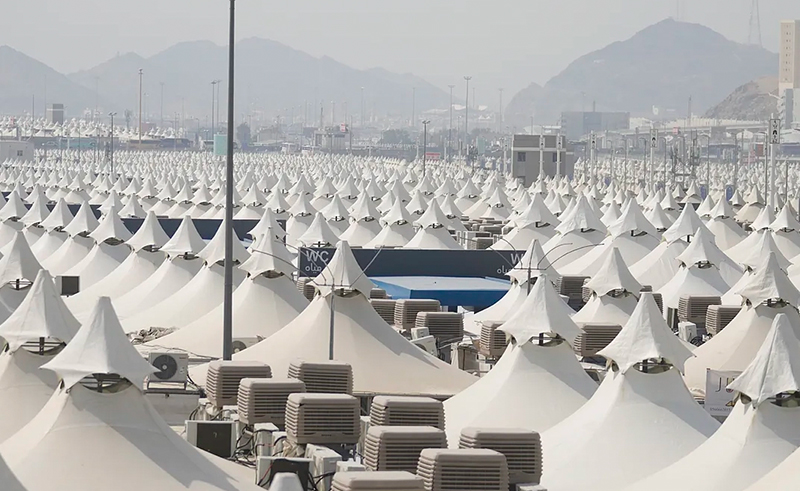
Supercharged Digital Ecosystem: Nusuk & Tawakkalna
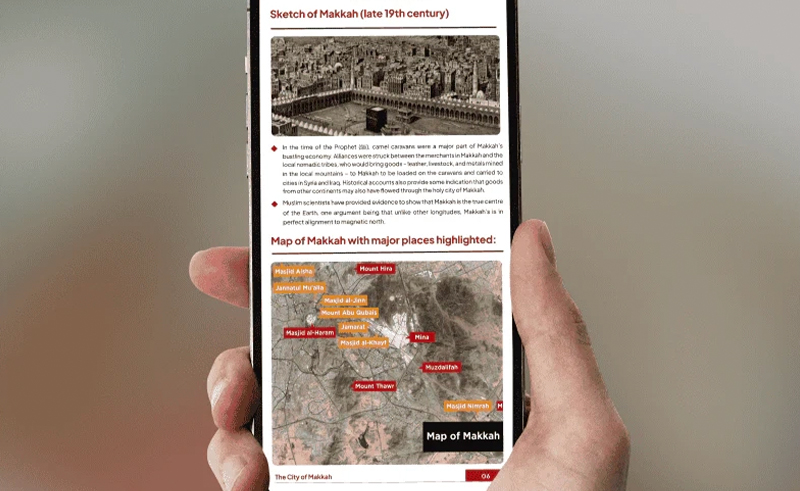
Health Preparedness: From Kits to Air Ambulances
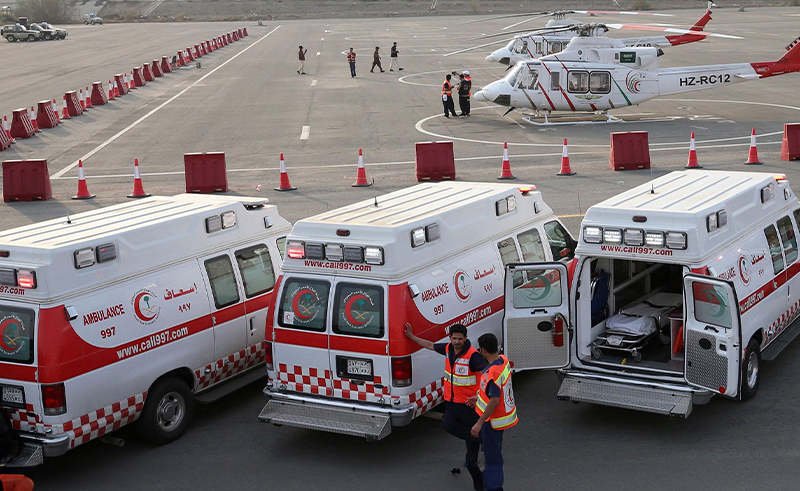
Smart Guides at the Prophet’s Mosque
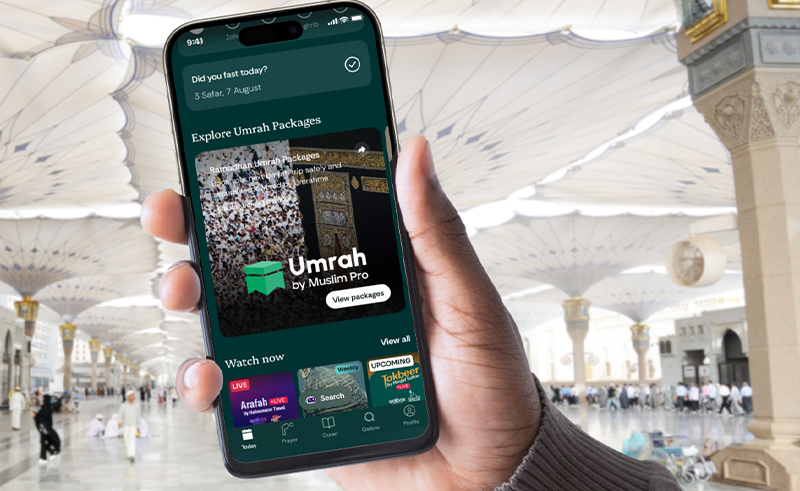
Efficient Luggage & Postal Logistics for Pilgrims
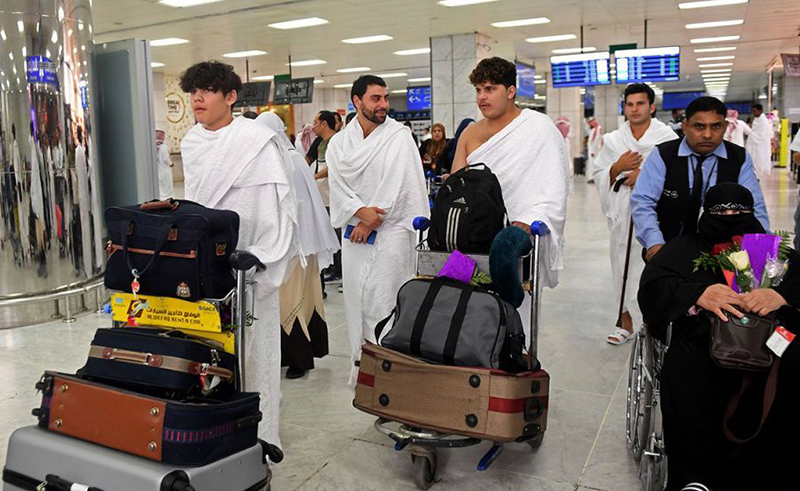
Multilingual Ritual Guides On Demand
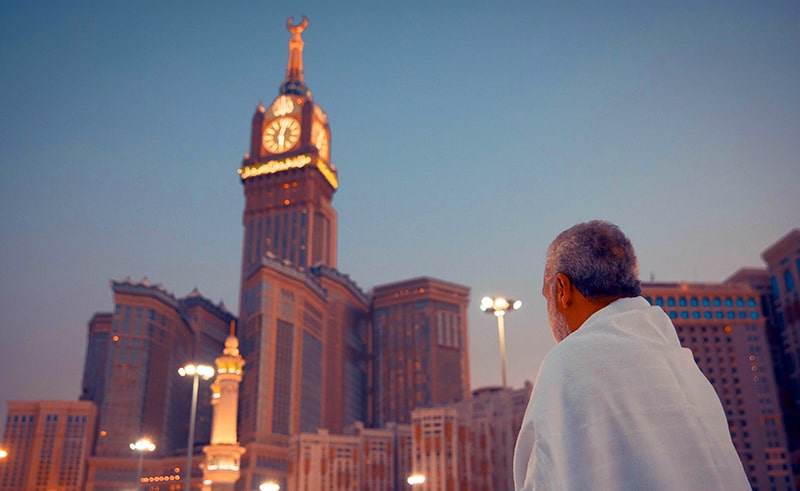
- Previous Article Diriyah’s ‘Maknana’ Exhibit Reclaims New Media Art Through Arab Lens
- Next Article Egyptian Actress Samiha Ayoub Passes Away at Age 93
Trending This Week
-
Dec 04, 2025

